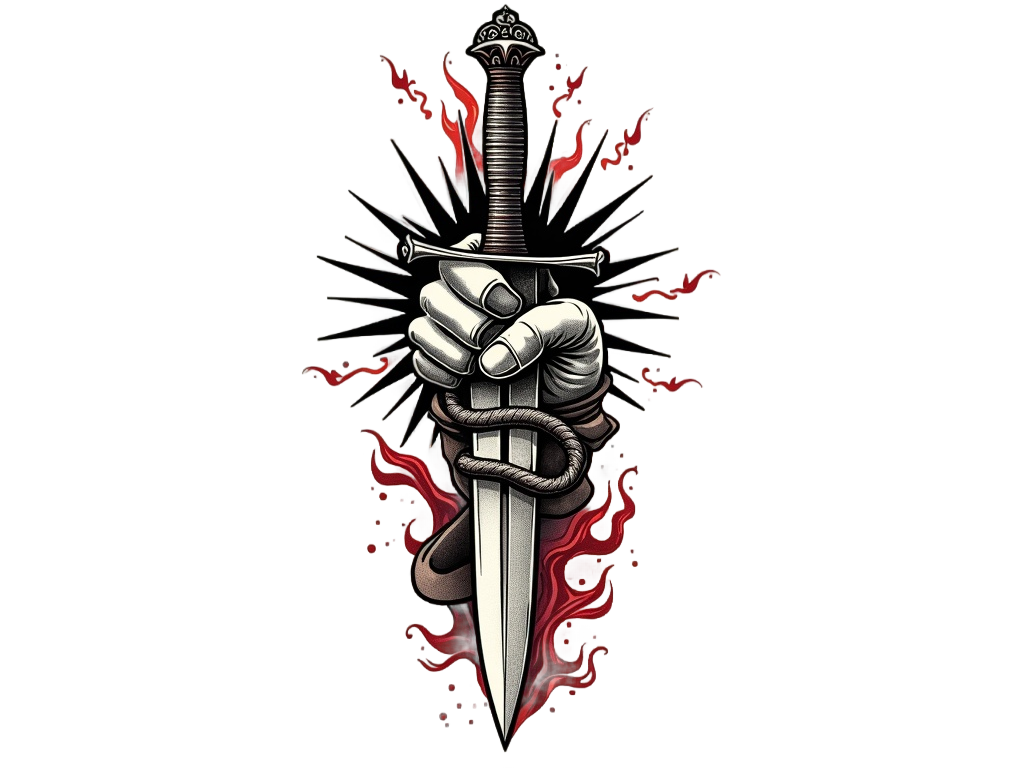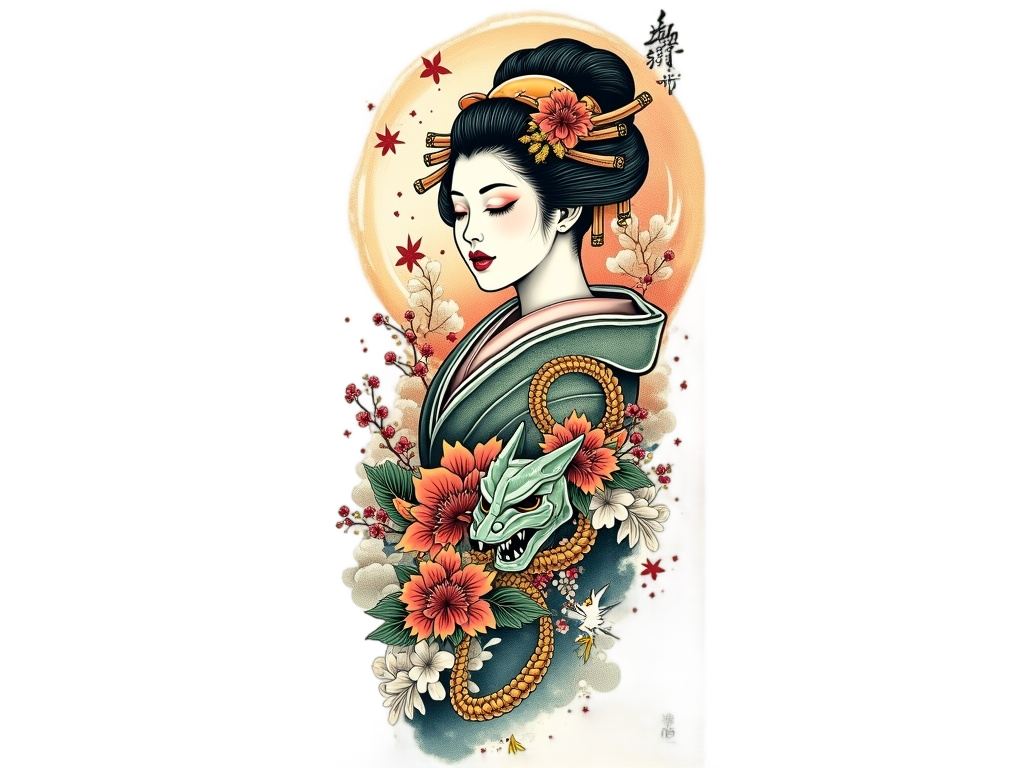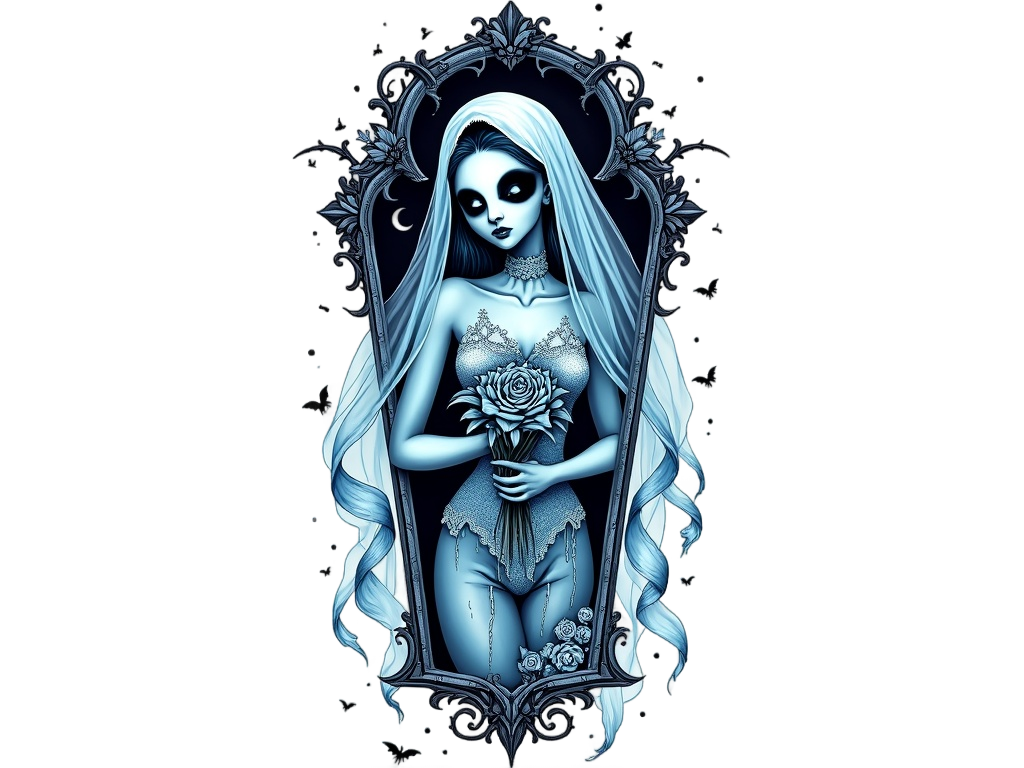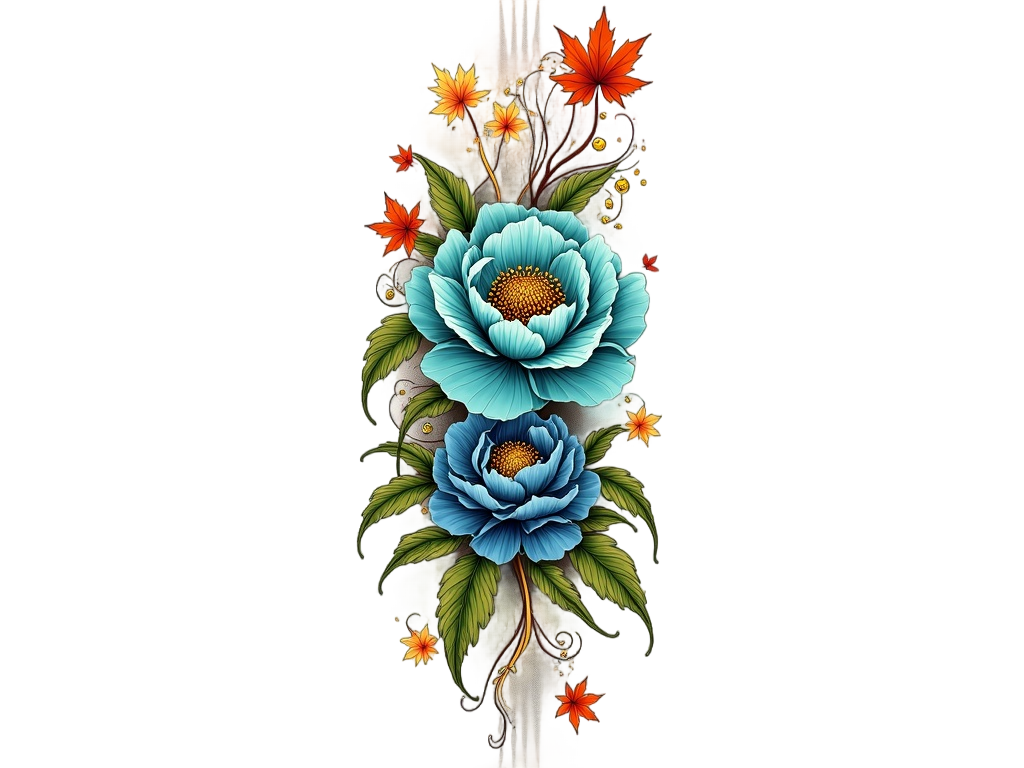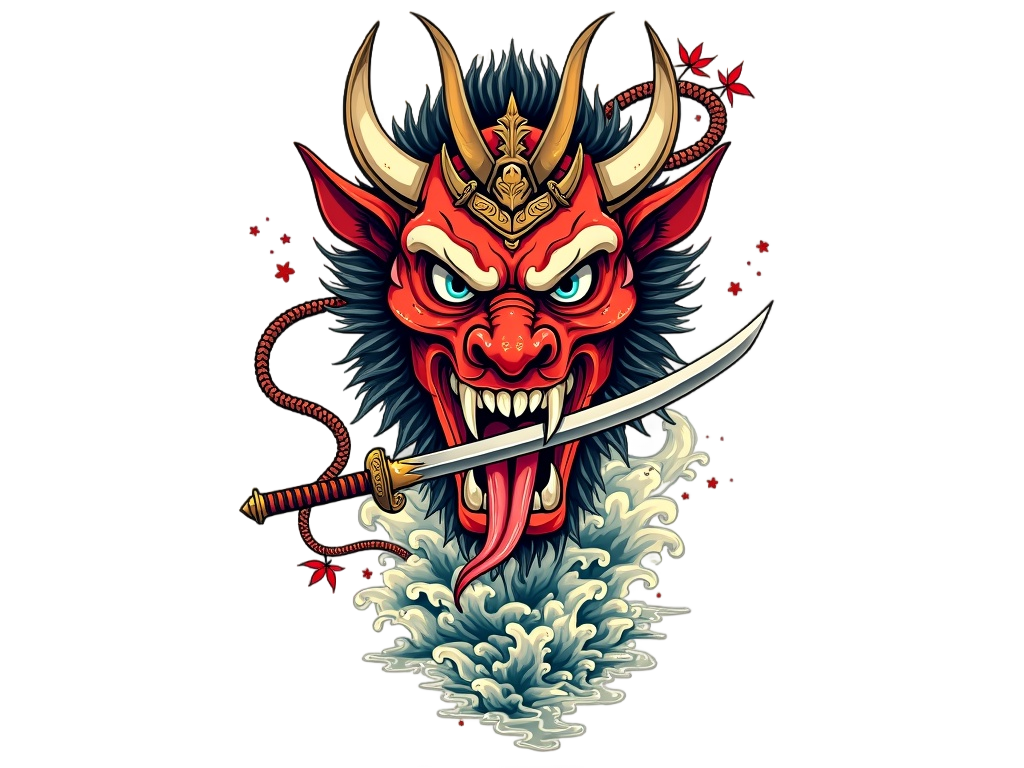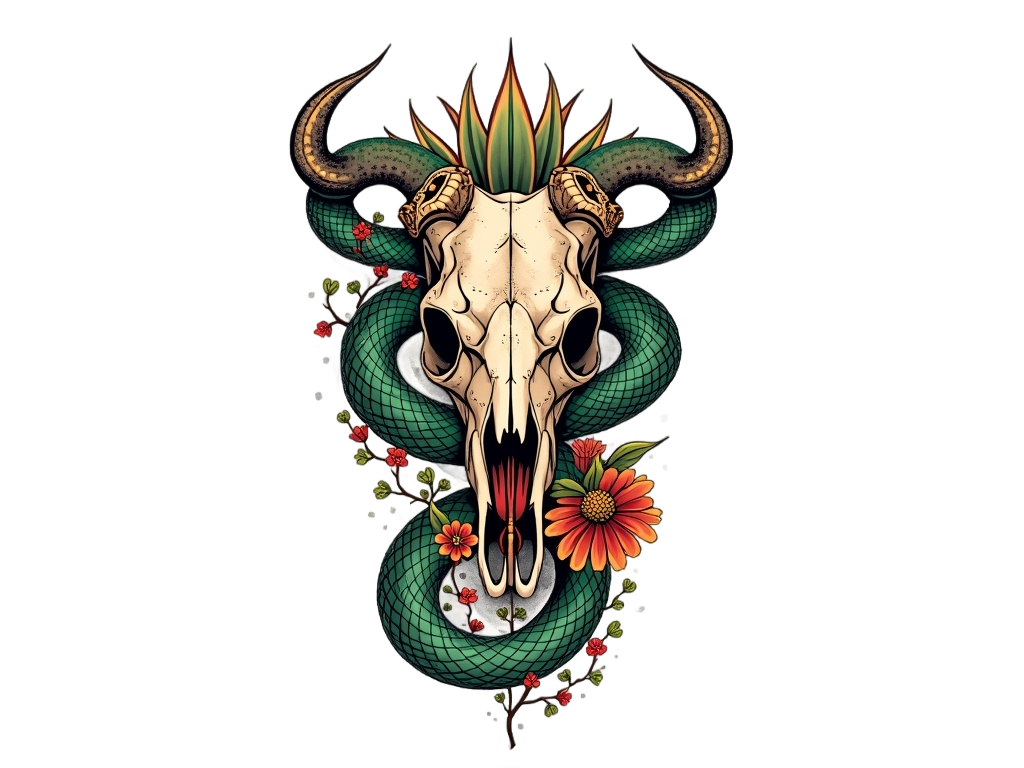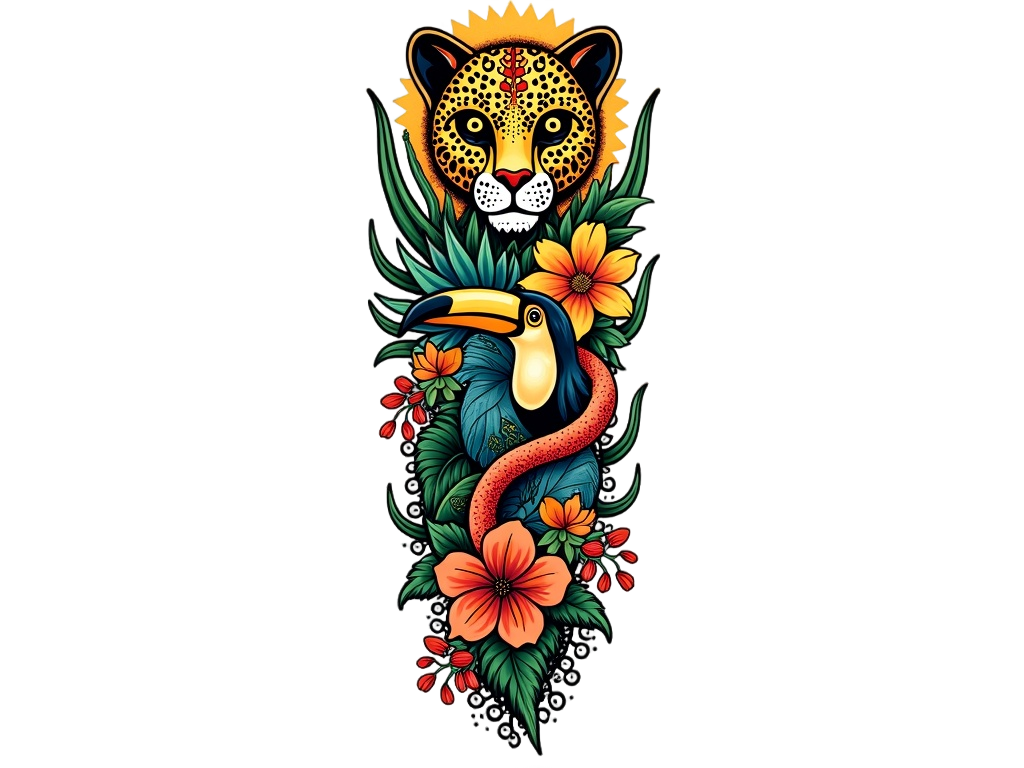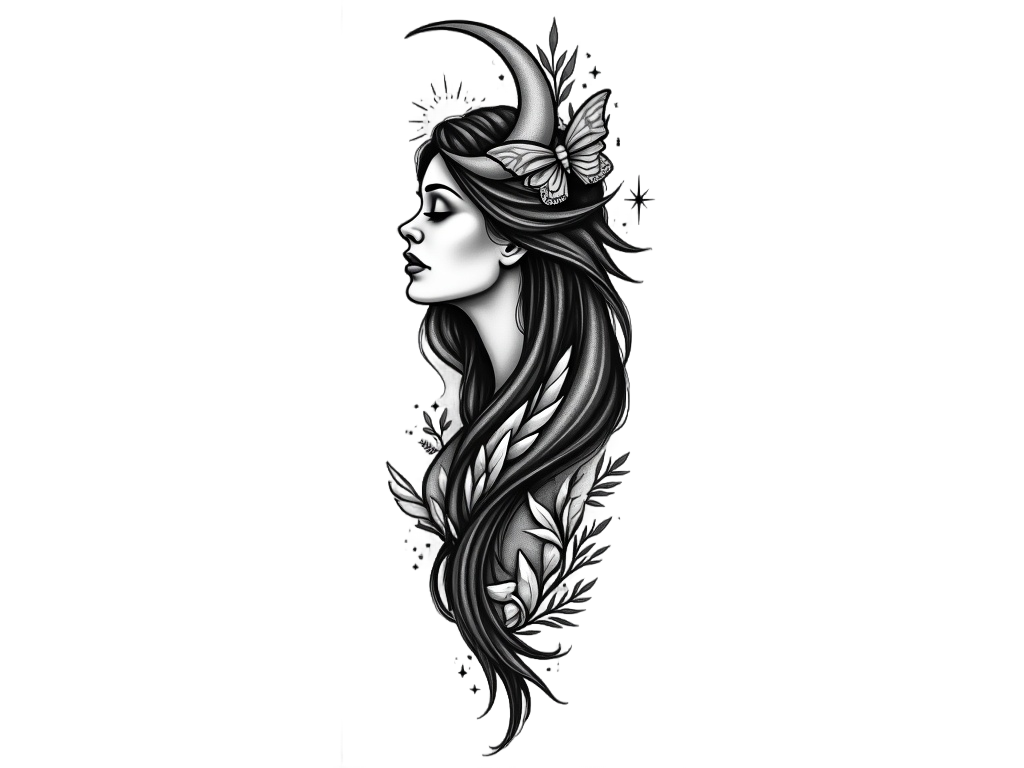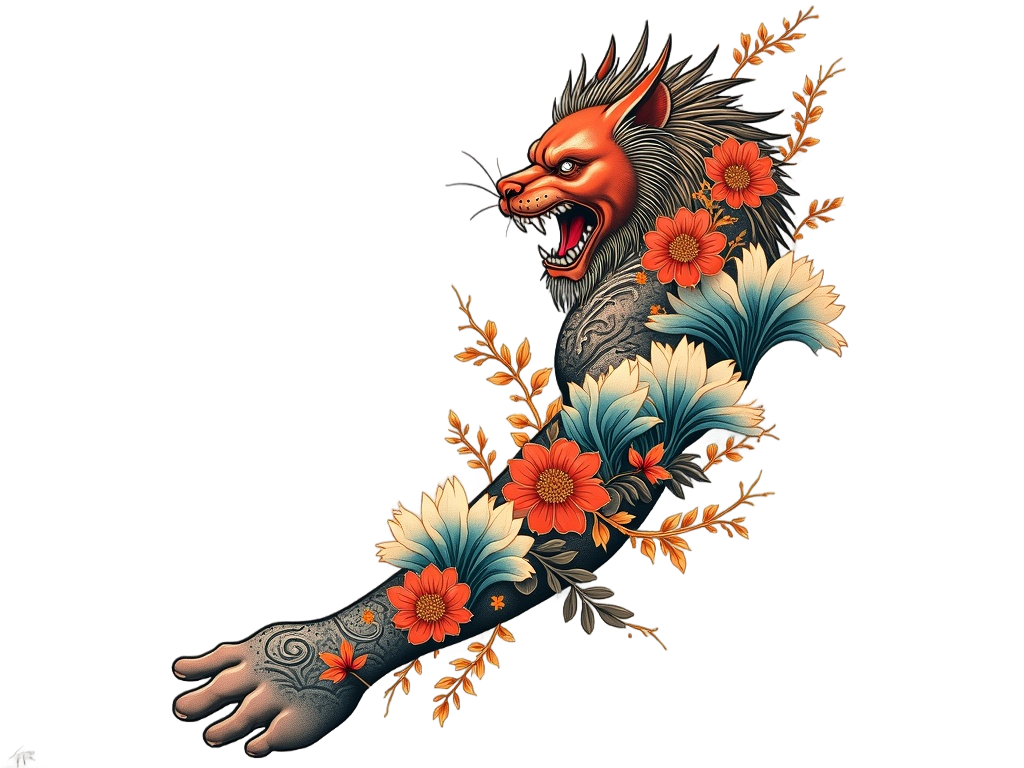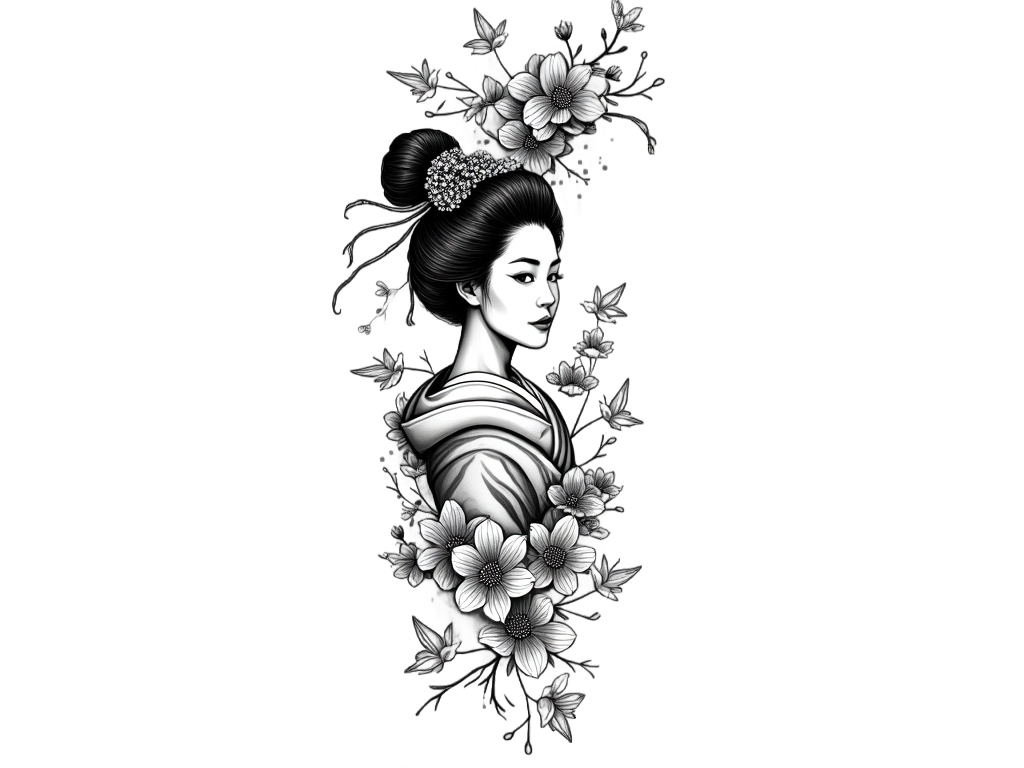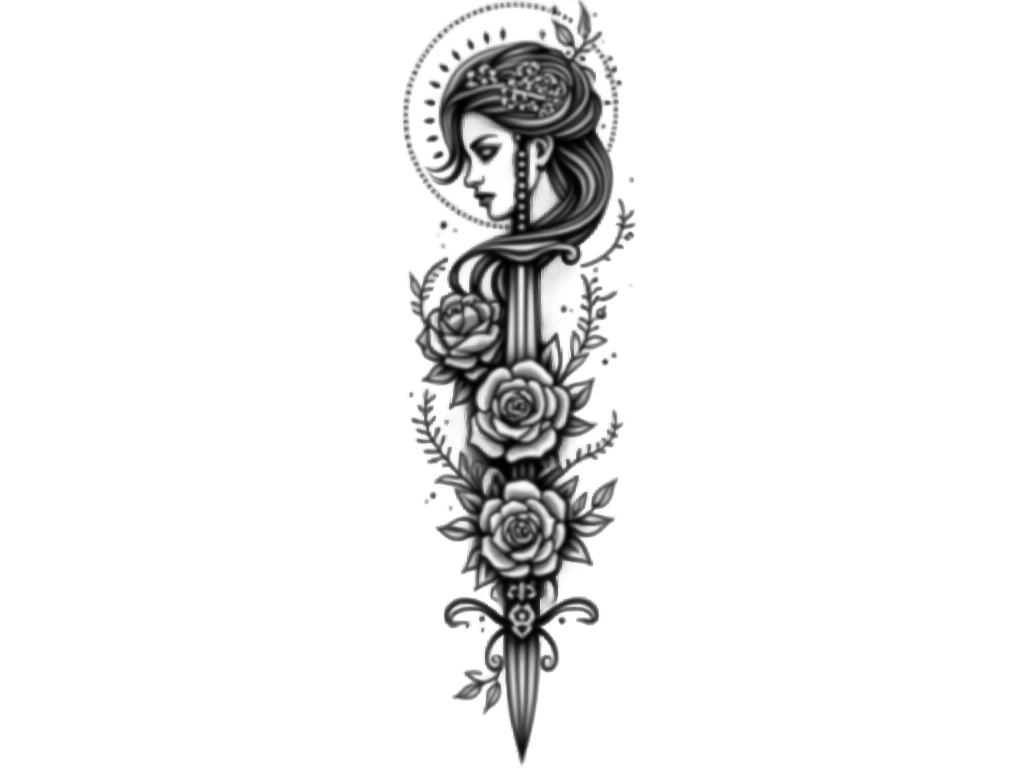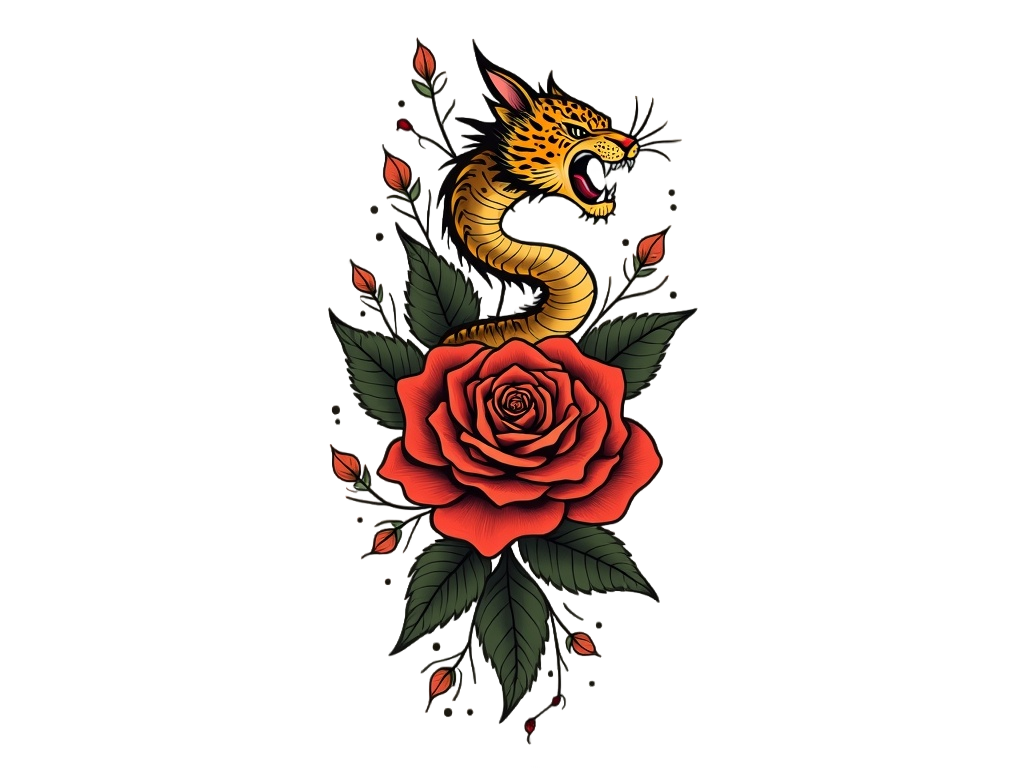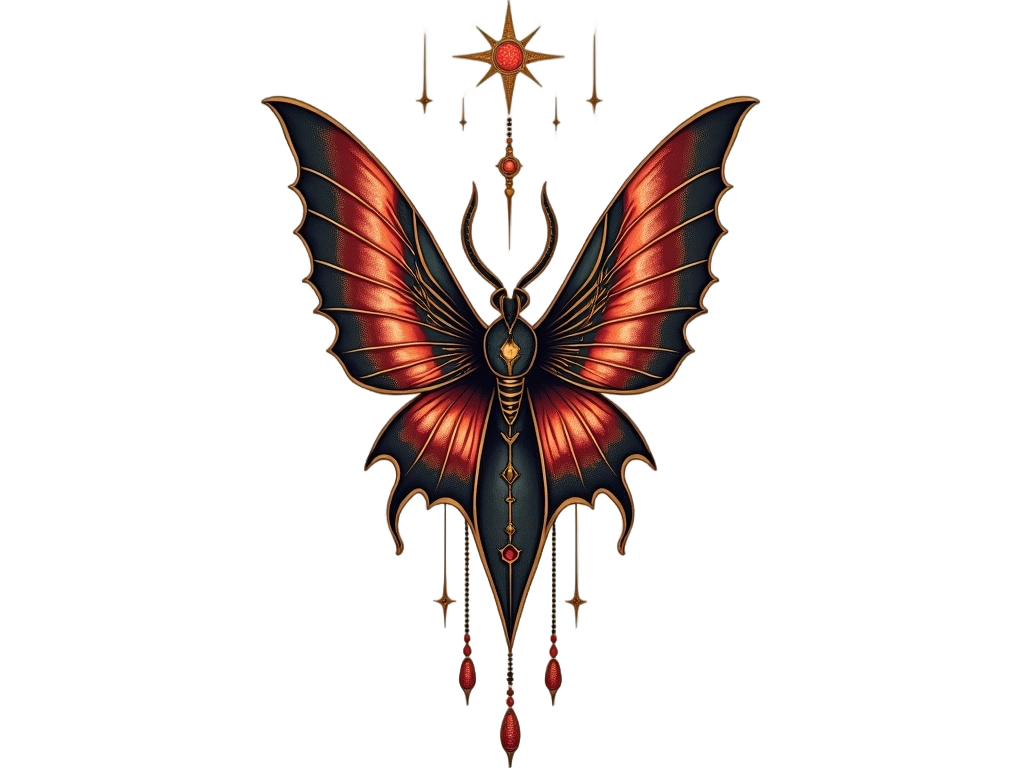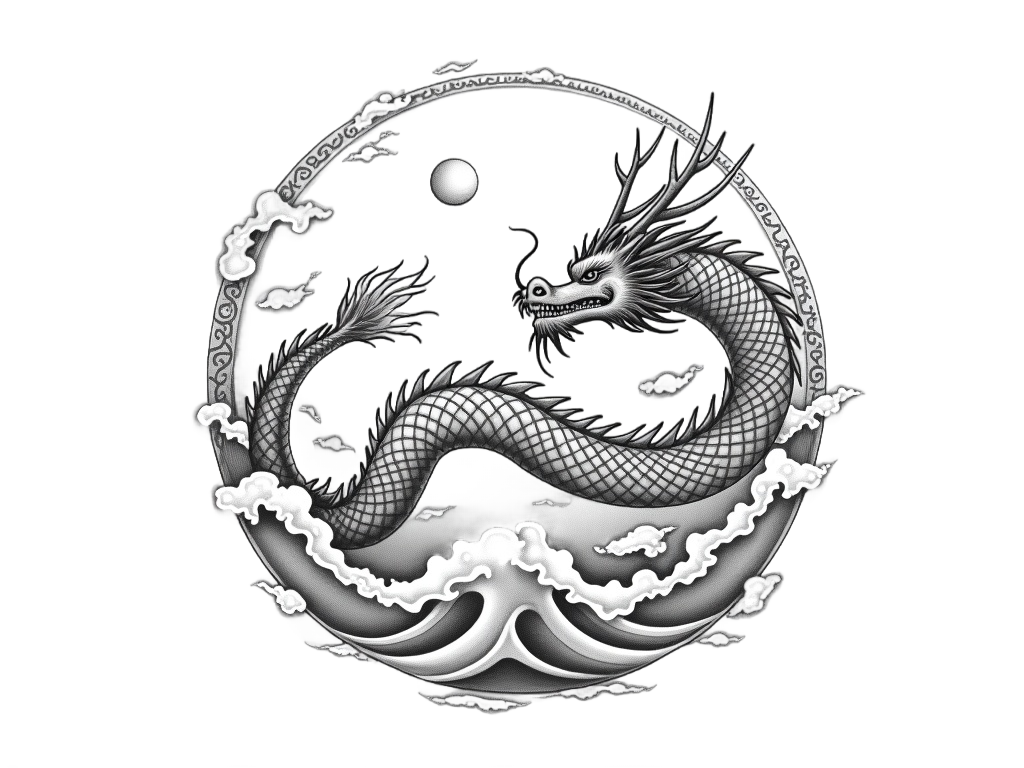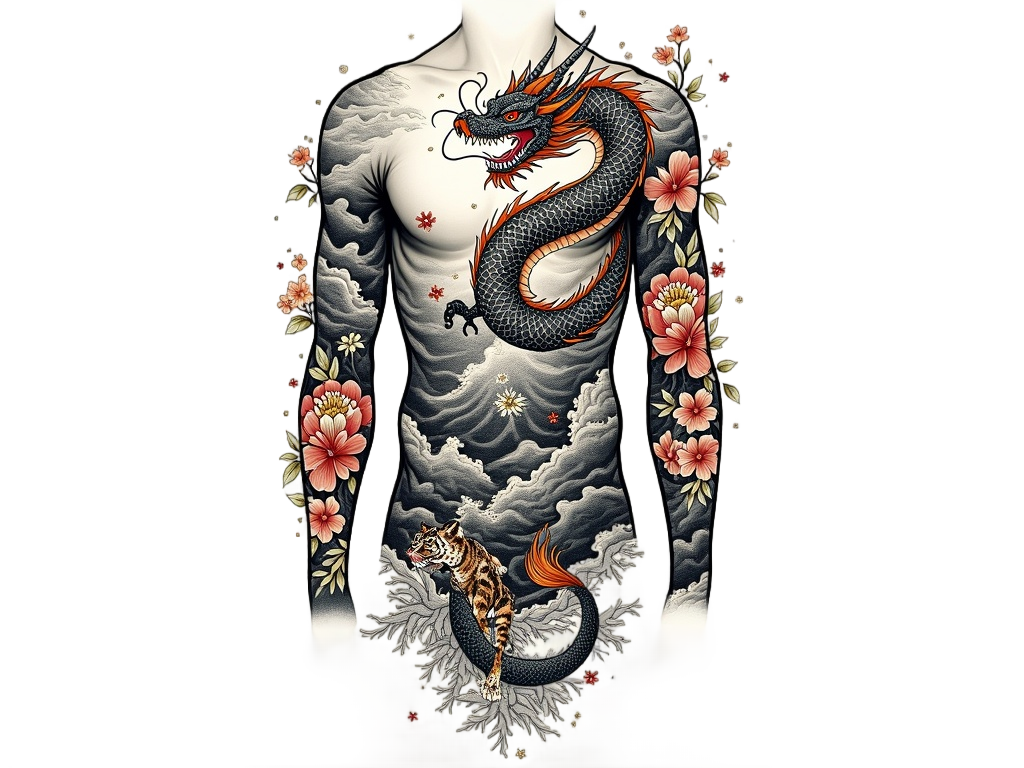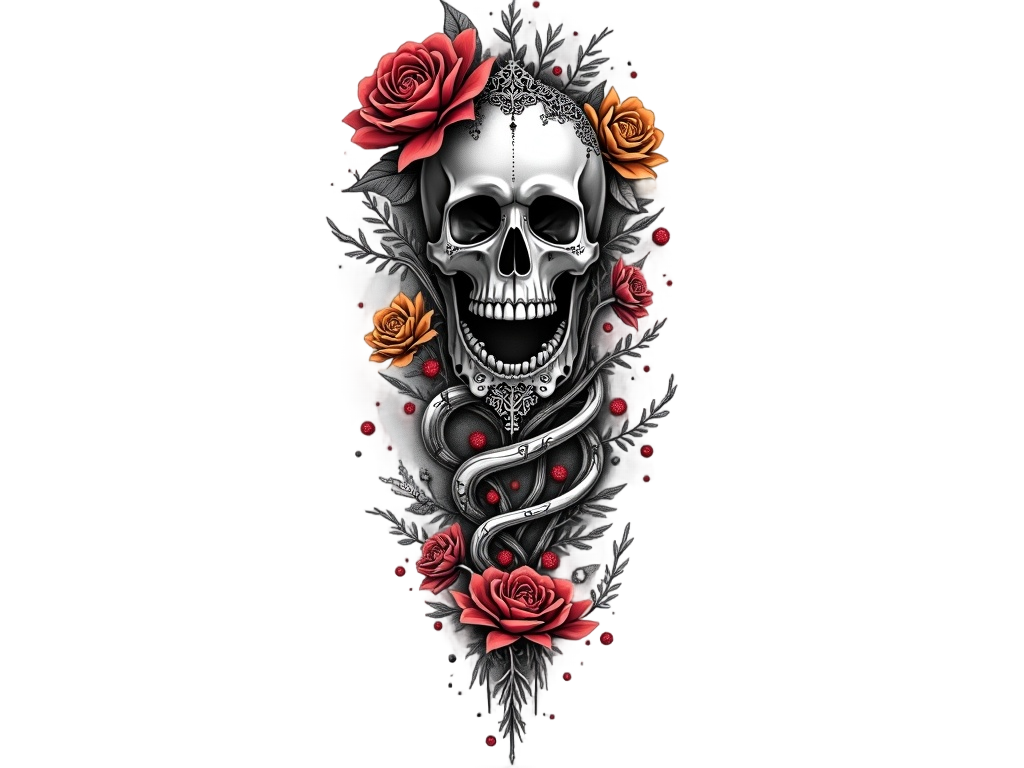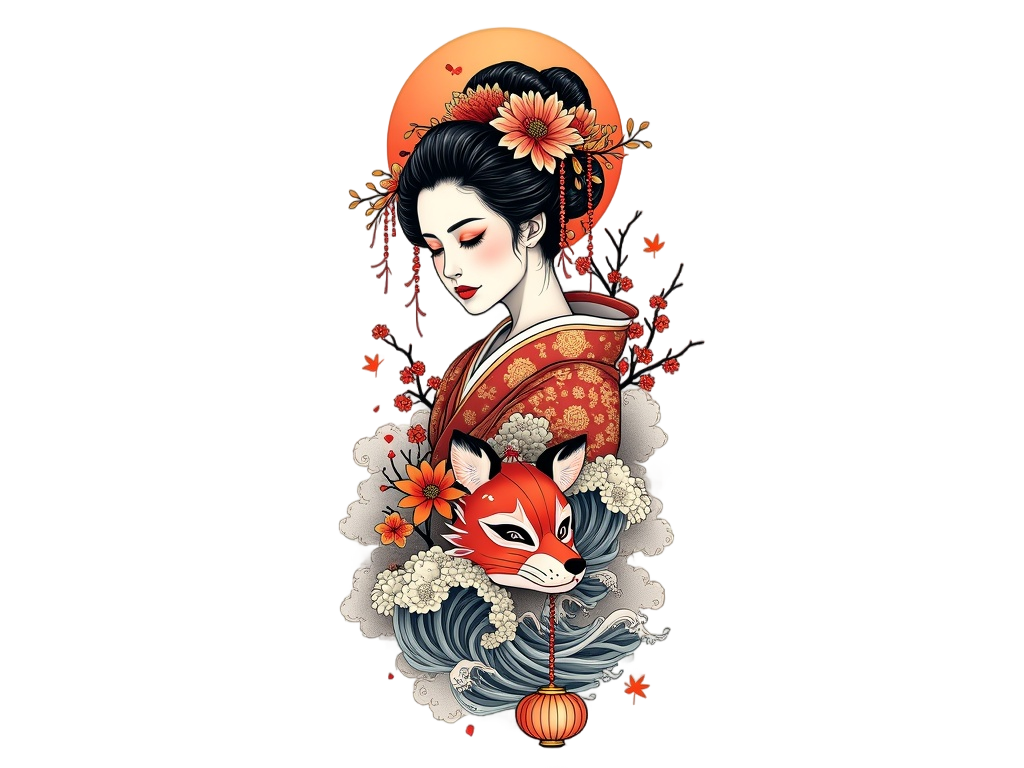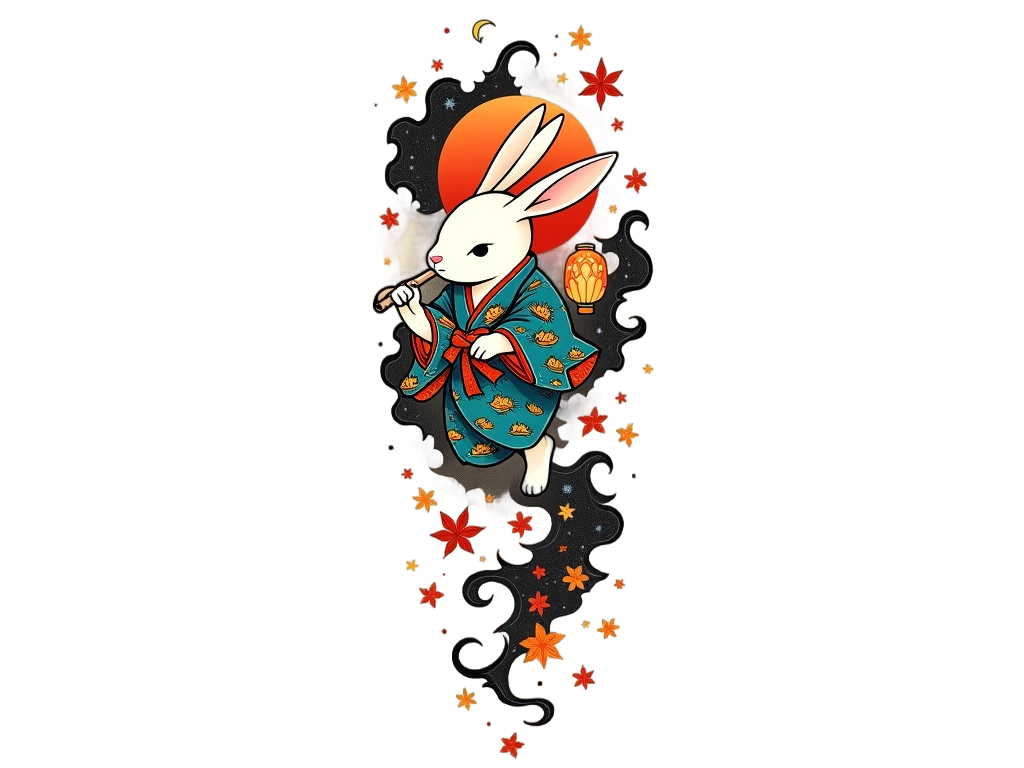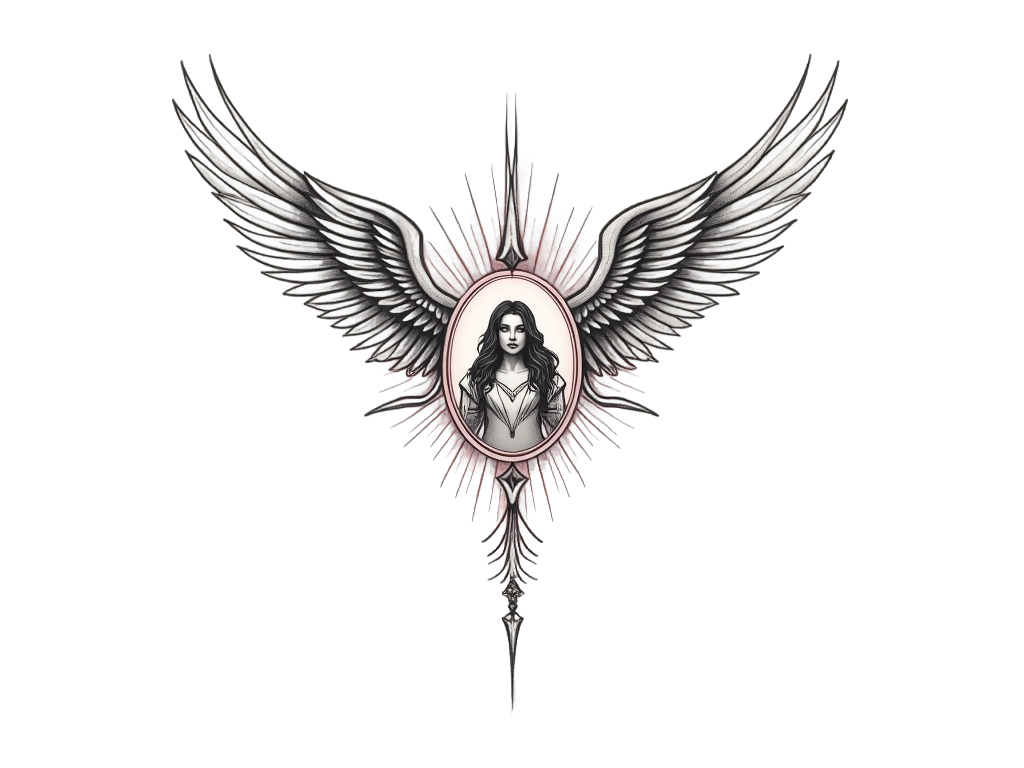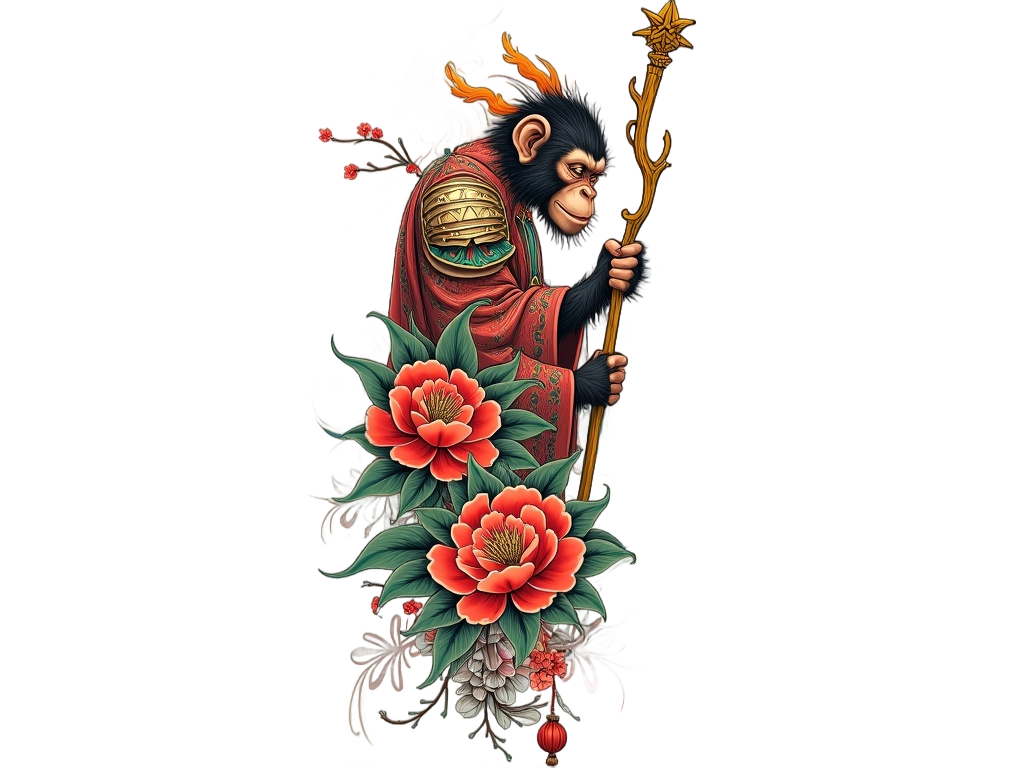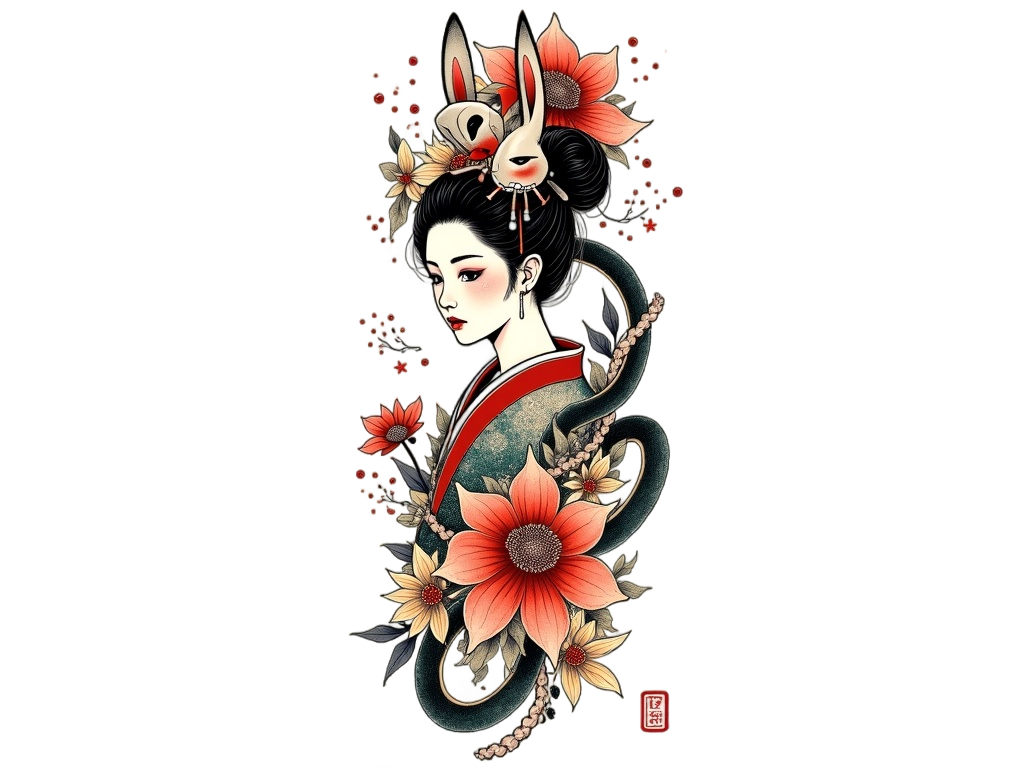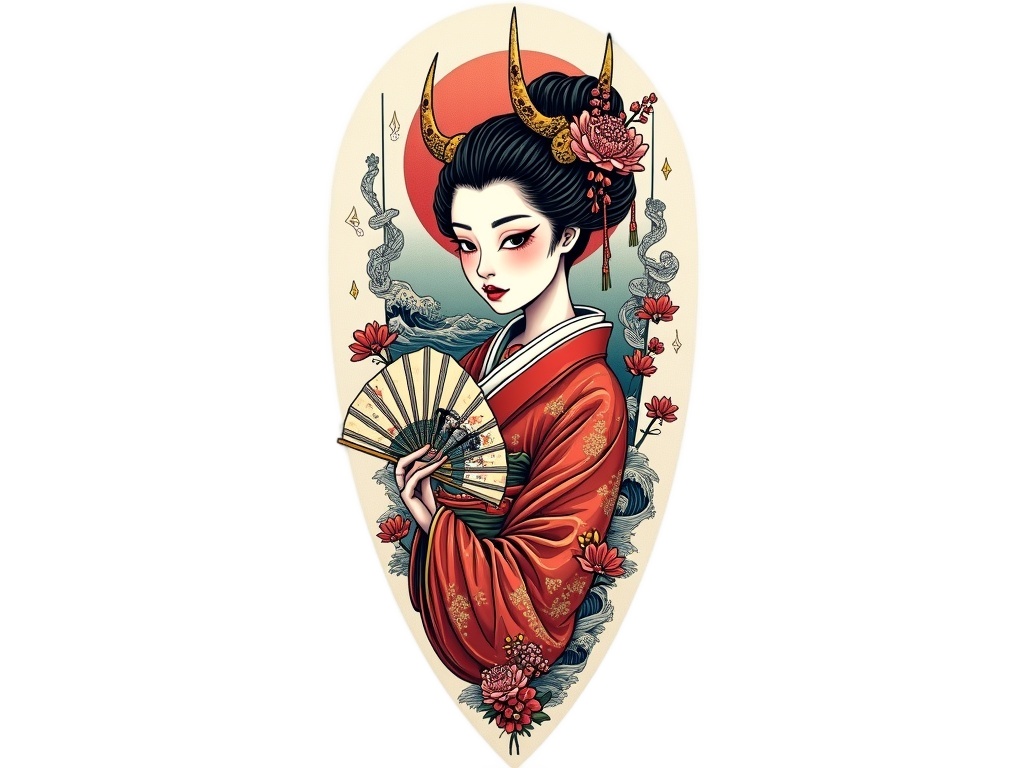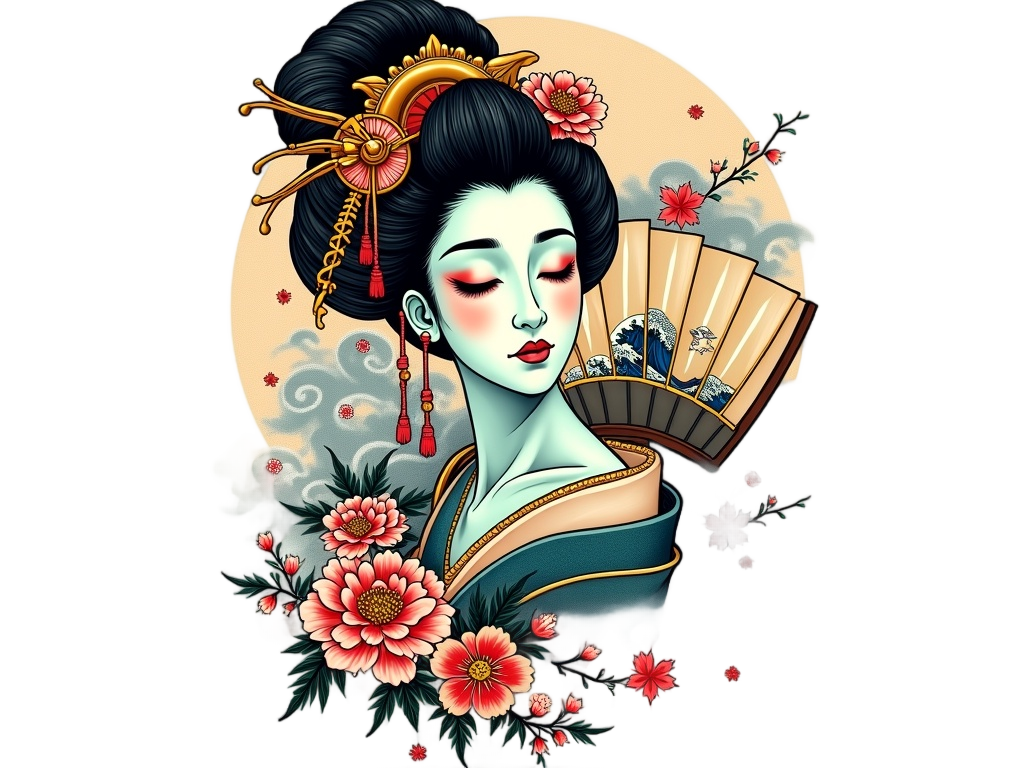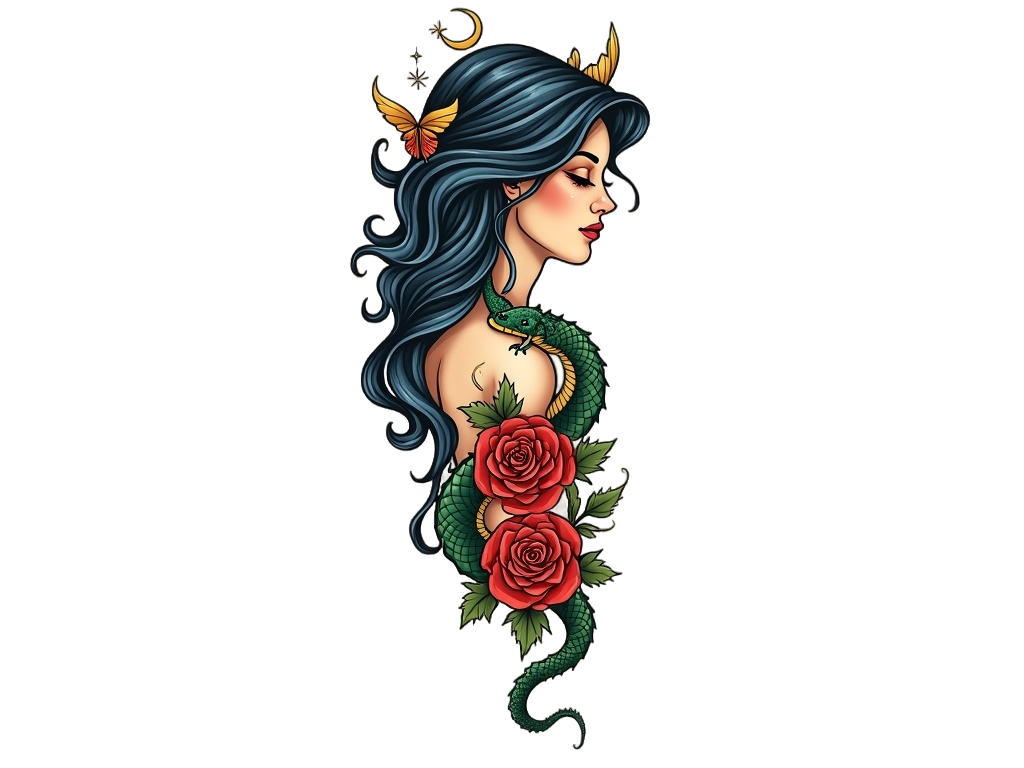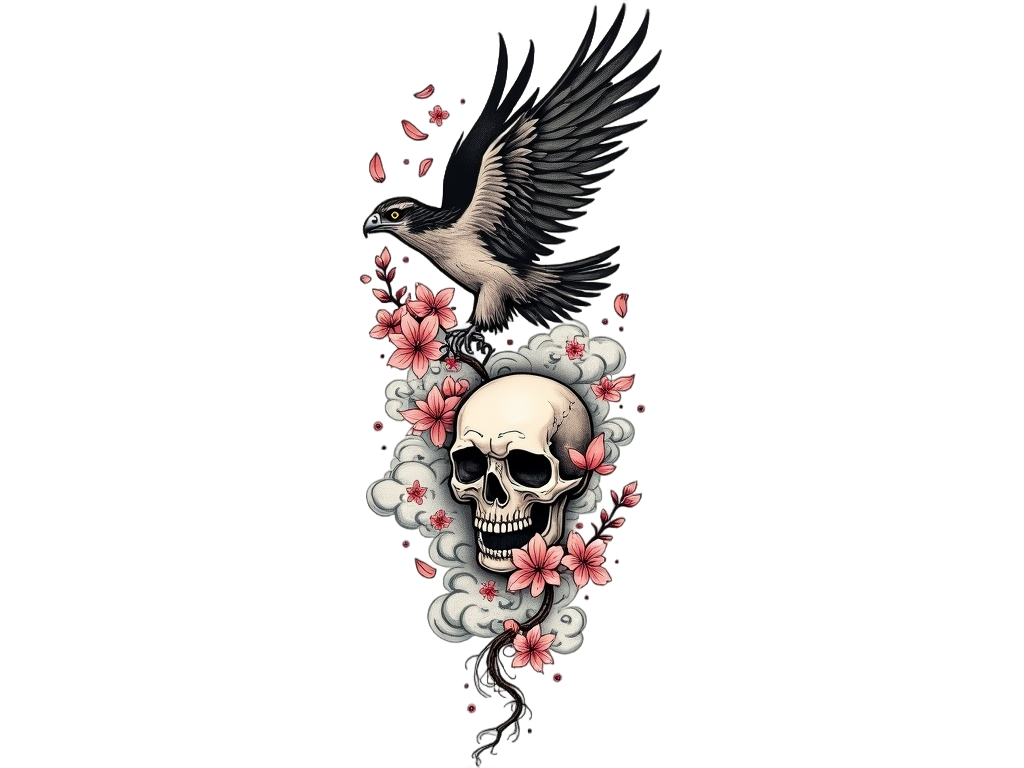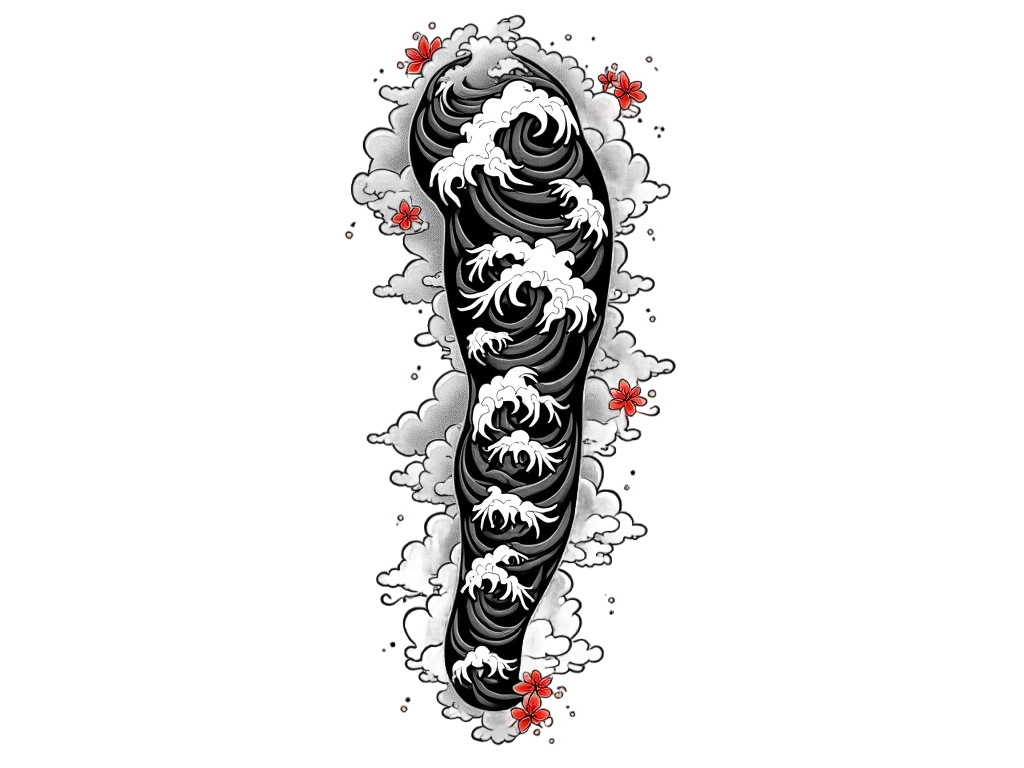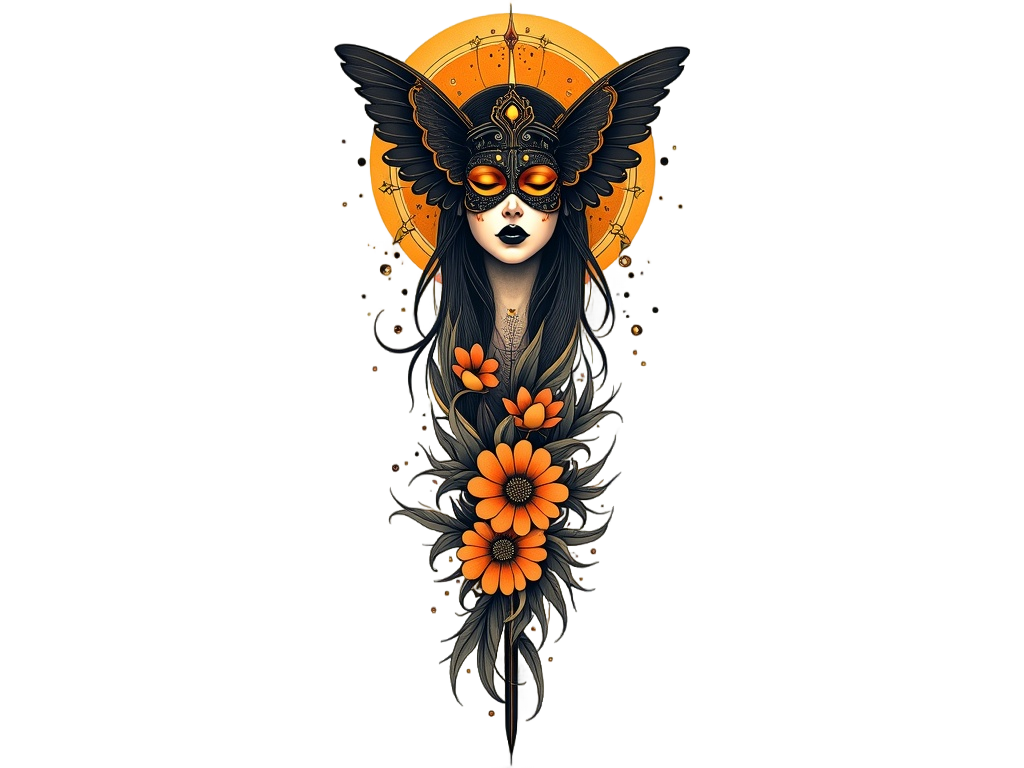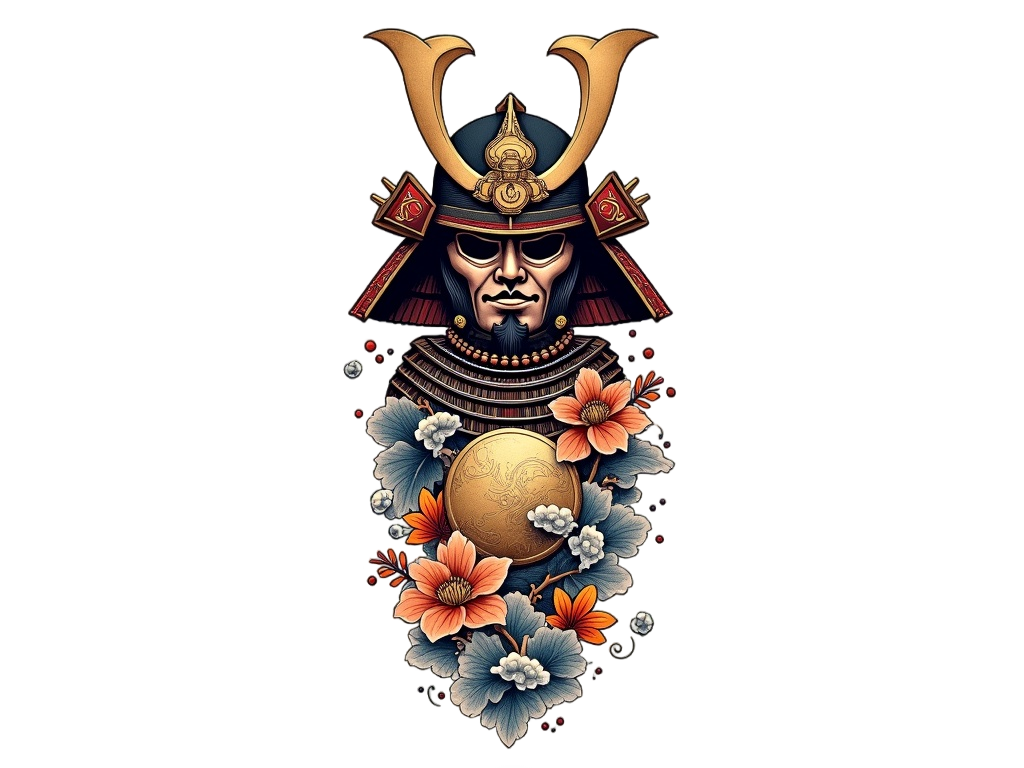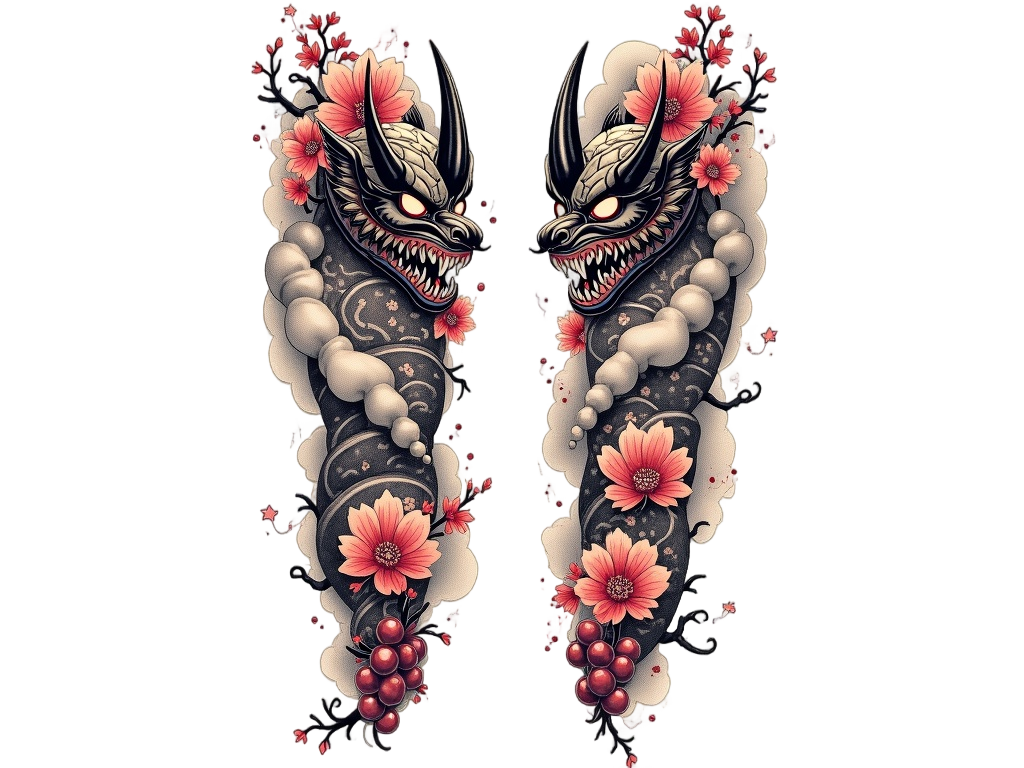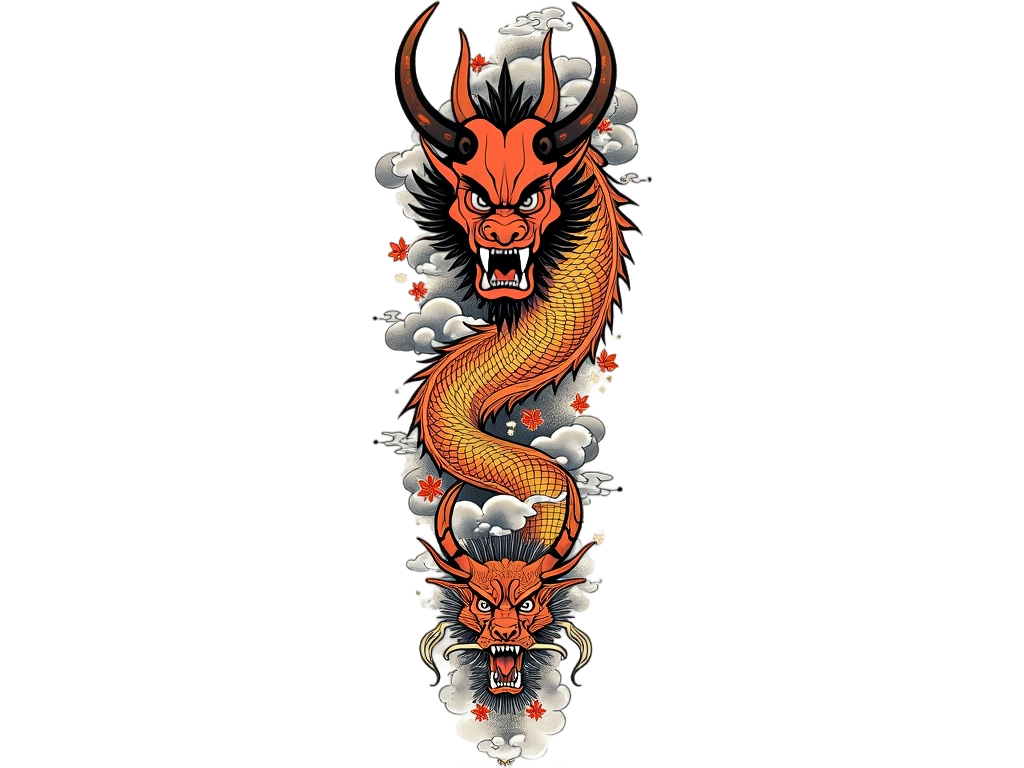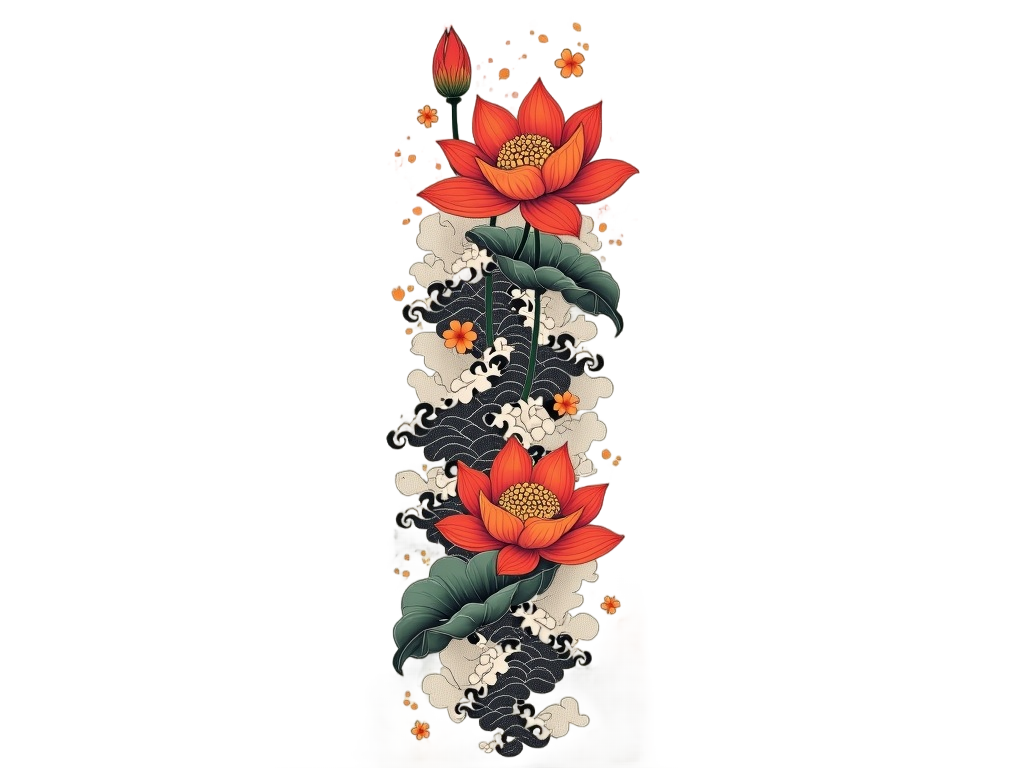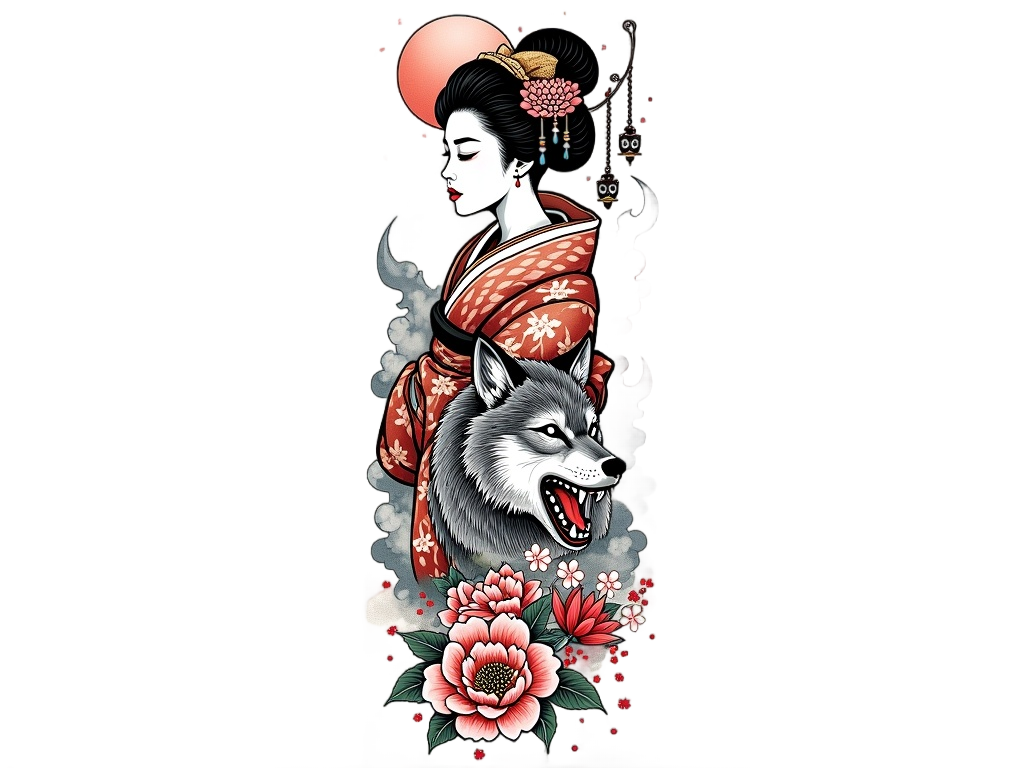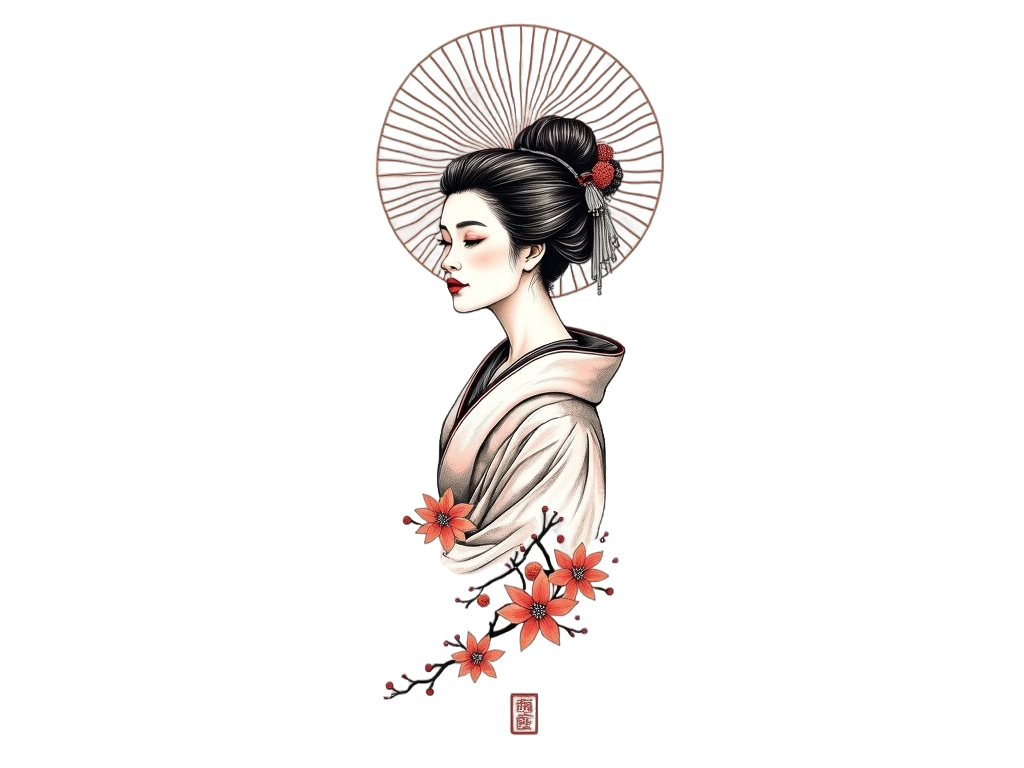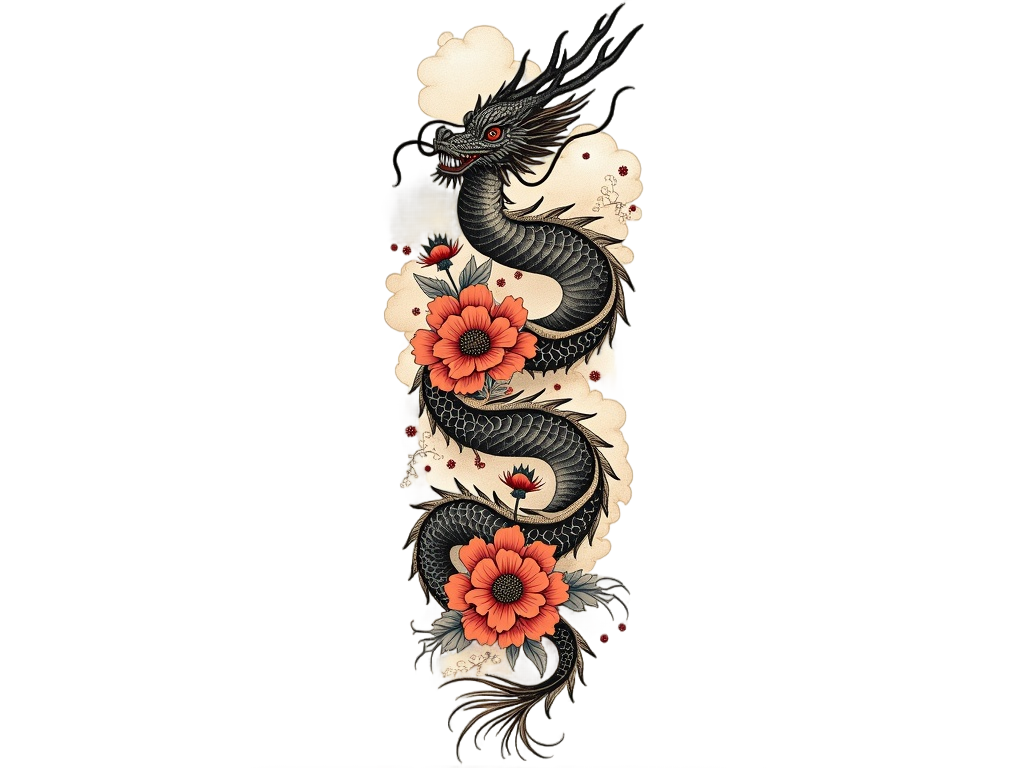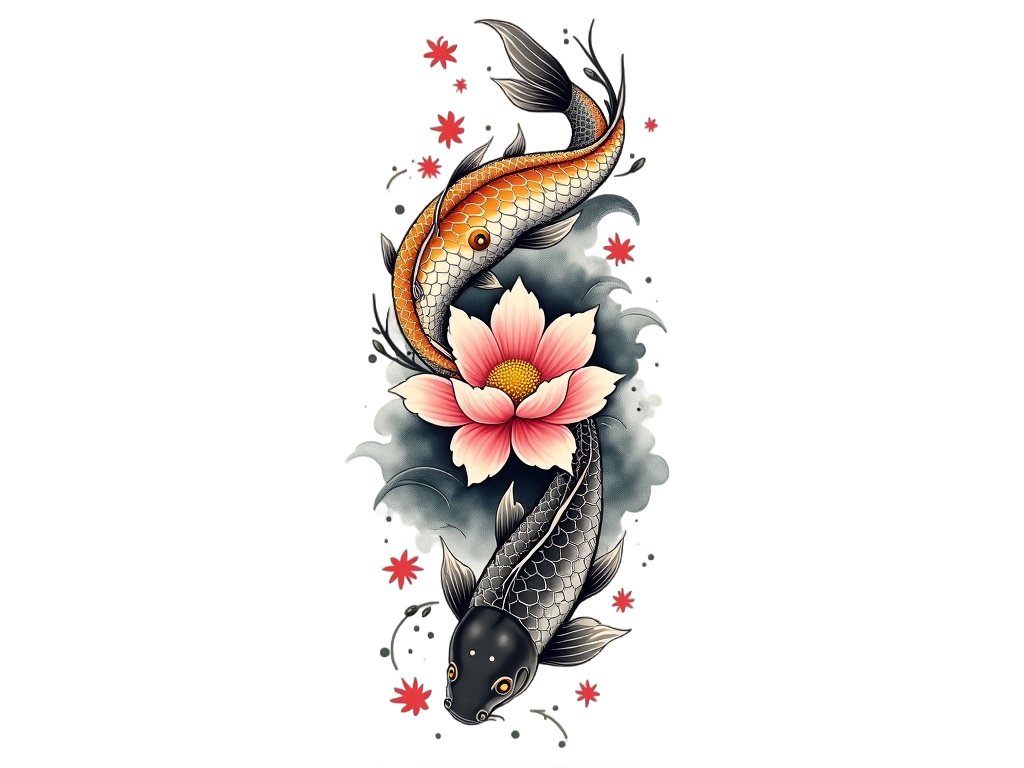Traditional japanese Tattoo Ideas
Meaning of Traditional japanese Tattoos
- Traditional Japanese tattoos, known as Irezumi, are rich in symbolism and often depict elements from nature, mythology, and folklore.
- Common motifs include koi fish, dragons, tigers, cherry blossoms, and geishas, each carrying its own unique meaning.
- Koi fish symbolize perseverance and strength, often associated with overcoming adversity.
- Dragons represent wisdom, strength, and protection, embodying a powerful and benevolent force.
- Tigers are seen as protectors against evil spirits and are symbols of courage and strength.
- Cherry blossoms, or sakura, signify the beauty and transience of life, reflecting the Japanese cultural appreciation for the fleeting nature of existence.
- Geishas in tattoos often symbolize beauty, grace, and the traditional arts of Japan.
- Historically, Irezumi was used to mark criminals, but it evolved into a respected art form associated with the Yakuza and later gained broader acceptance.
- Traditional Japanese tattoos are typically large-scale, covering significant portions of the body such as the back, arms, and legs.
- The style is characterized by bold outlines, vibrant colors, and intricate details, often creating a cohesive narrative across the body.
- While traditionally more common among men, Japanese tattoos are increasingly popular among women, who may choose more delicate designs.
- The cultural significance of these tattoos is deeply rooted in Japanese history and aesthetics, often reflecting personal stories and values.
- Despite their beauty, traditional Japanese tattoos can still carry a stigma in Japan, where they are sometimes associated with organized crime.
160 Tattoo Ideas
One App to Store All Your Tattoo Ideas
Store your tattoo ideas in one place and Virtual Try-On them on your body!

See Your Design On Your Body
With the virtual try-on feature, you can realistically see how any design looks on your body. Save screenshot and share with your tattoo artist!



Cultural Considerations and Taboos for Traditional japanese Tattoos
While traditional Japanese tattoos are admired for their artistry, they can also be associated with cultural sensitivities. In Japan, tattoos have historically been linked to the Yakuza, the Japanese organized crime syndicates, leading to a stigma around tattooed individuals. This association can result in social taboos, such as being denied entry to certain public places like onsens (hot springs) and gyms. It's important for those considering a traditional Japanese tattoo to be aware of these cultural perceptions and to approach the art form with respect and understanding of its cultural significance.
Popular Tattoo Styles and Variations for Traditional japanese Tattoos
Traditional Japanese tattoos are characterized by their bold lines, vibrant colors, and large, intricate designs that often cover significant portions of the body. Popular styles include full-body suits, sleeves, and back pieces. Variations can include the use of negative space to create contrast and depth, as well as the incorporation of modern elements while maintaining traditional techniques. Some artists may blend traditional Japanese motifs with contemporary styles, creating a fusion that appeals to a broader audience. The use of tebori, a traditional hand-poking method, is also a distinctive style choice, offering a unique texture and depth to the tattoo.
Historical Origins and Evolution of Traditional japanese Tattoos
The history of traditional Japanese tattoos dates back to the Jomon period (10,000 BCE to 300 BCE), where tattoos were used for spiritual and decorative purposes. During the Edo period (1603-1868), tattoos became more elaborate and were used to mark criminals as a form of punishment. However, they also gained popularity among the working class as a form of art and personal expression. The Meiji government banned tattoos in 1872, associating them with criminality, but the art form persisted underground. Today, traditional Japanese tattoos are celebrated worldwide for their artistic merit and cultural depth, though they still carry complex historical connotations within Japan.
